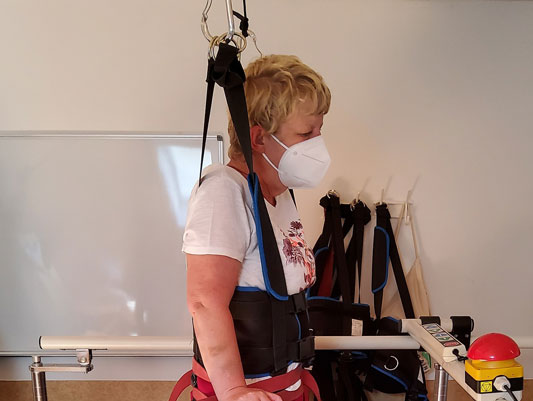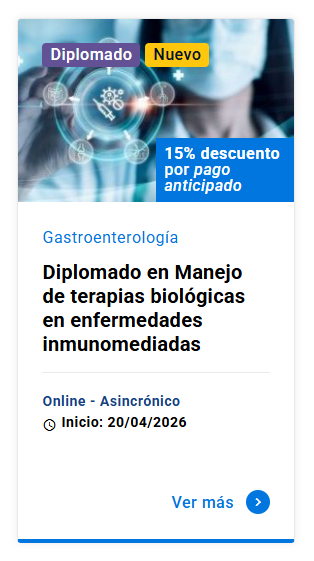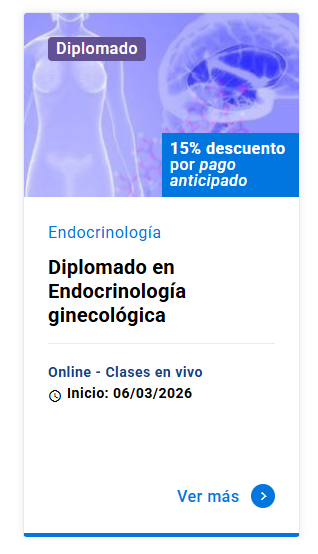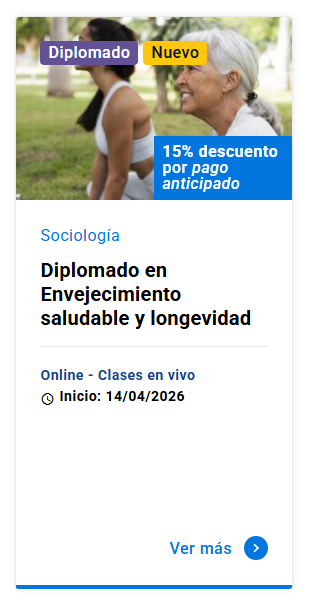Pronóstico kinesiológico cardiorrespiratorio: un enfoque biopsicosocial
Cardiorespiratory Kinesiological Prognosis: a biopsychosocial approach
DOI:
https://doi.org/10.11565/arsmed.v47i4.1770Palabras clave:
kinesiología, educación, profesionalismo, pronóstico, fisioterapia, CIF.Resumen
La kinesiología, fisioterapia o terapia física, se ha desarrollado de manera permanente a través de una perspectiva biopsicosocial, en la que identificar el contexto biomédico del usuario, junto con sus limitaciones en la actividad y restricciones en la participación es esencial para una atención individualizada del usuario en su contexto. Entidades como la Asociación Americana de Terapia Física (American Physical Therapist Association, APTA) y la Conferencia Mundial de Terapia Física (World Confederation for Physical Therapy, WCPT) o actualmente conocida como Fisioterapia Mundial (World Physiotherapy, WP), conceden como aspecto propio del kinesiólogo o fisioterapeuta la acción de diagnosticar, evaluar, tratar y pronosticar las disfunciones de usuarios con necesidades de atención en salud. Sin embargo, algunas de estas competencias profesionales no están del todo definidas para su aplicación en la práctica clínica. El presente artículo de comunicación profesional entrega las bases conceptuales en la que se sostienen los hitos necesarios para establecer una propuesta metodológica de elaboración del pronóstico kinesiológico funcional basado en el área cardiorrespiratoria con un enfoque biopsicosocial según la Clasificación Internacional del Funcionamiento, de la Discapacidad y de la Salud (CIF). Esto, con la finalidad de que el pronóstico funcional sea incorporado como parte de la formación curricular en la profesión, así como dentro de un proceso continuo en la práctica kinesiológica.
Descargas

Descargas
Publicado
Cómo citar
Licencia
Derechos de autor 2021 ARS MEDICA Revista de Ciencias Médicas

Esta obra está bajo una licencia internacional Creative Commons Atribución-NoComercial-SinDerivadas 4.0.
Los autores/as conservan sus derechos de autor y garantizan a la revista el derecho de primera publicación de su obra, la que estará simultáneamente sujeta a la Licencia CC BY-SA 4.0 (Ver declaración de Acceso Abierto).







